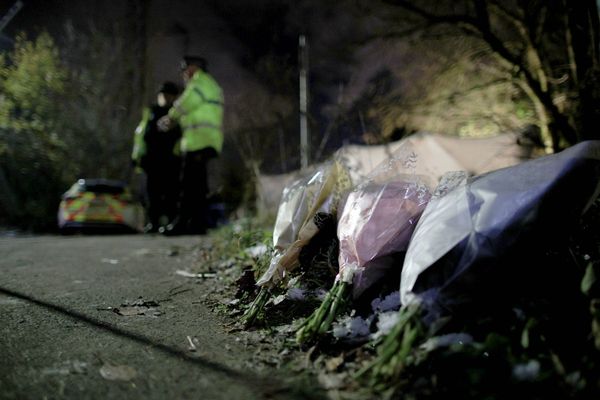Surrounded by art and gathered around a home-cooked meal, the Aboriginal disability yarning group basks in laughter and stories at their weekly catch up.
Led by Noongar Yamatji woman Kerri Colgate, the three-hour sessions in Perth's south-east offer people living with disability a way to connect with each other and to culture.
It is a seemingly simple concept, which is filling a major gap in the disability sector.
"I wouldn't necessarily say there's a lack of good services," Ms Colgate said.
"I think it's probably more a limited choice in terms of where they can go to ensure that the cultural positioning of an individual and their family can be supported fully."
The simple art of connection
Painting, guest speakers and excursions fill the group's itinerary, but the simple art of connection is what makes Ms Colgate's service so unique.
Ms Colgate's mother Cheryl Taylor is a Noongar elder at the Champion Centre in Seville Grove, where the yarning group meets.
"For me, as an elder, I think that's really important to see all ages, all genders, people from different country actually engaging with one another," she said.
"I think a lot of the people where they do live, they don't see or have a lot of interaction with other Aboriginal people, so this does really address that isolation they may feel when they're in those other environments."
Ms Taylor said the lack of Aboriginal-led, culturally driven services in Western Australia isn't the fault of the National Disability Insurance Scheme (NDIS).
"What we need to get better at is once that [NDIS] plan gets outside that building, how do we build the capacity of all the providers and the community, getting the best deal for the participant?" she said.
A lack of understanding
Gumbaynggirr Dunghutti woman June Riemer is the deputy chief executive of First Peoples Disability Network and said the issue stretches nationwide.
"It's understanding what disability means from that cultural perspective for First Nations people that a lot of organisations don't really understand," she said.
"All communities do look different, all cultural business is different, we're not as harmonious as some people think.
"Unless we start talking to communities and really understanding the needs of our people with disability, the cultural difference that may impact how their support looks, things won't change."
The lack of Aboriginal-led services is paired with a shortage of First Nations support workers, which has proven a challenge for mother Rebecca Dickson.
Three of her four children live with a disability, and she's been looking for suitable support for her four-year-old son for almost a year.
"Preferably we wanted an Aboriginal support worker, but if not, we wanted someone who was culturally informed and aware of things that our family may do that might be different to a non-Indigenous family," she said.
"Because we haven't used that funding that's been allocated for a support worker, we're at risk of losing that funding."
A safe connection through kinship
Ms Dickson and her family live in the northern suburbs, where services that aim to connect participants to their culture, like Ms Colgate's yarning group, don't operate.
"Services I've connected with have been out in Midland or Kwinana or Armadale way but there's nothing really up here," she said.
But the reach of similar services may be expanding, as interest in the yarning group among mainstream providers grows.
"We are starting to see a little bit of a rise of providers out there wanting to know more information, certainly tapping into places like ourselves," Ms Colgate said.
She said it would be difficult for those providers to replicate the environment of her service at the Champion Centre.
"The elders we have here provide that safe connection through kinship that allows someone to feel confident and open to being who they are," Ms Colgate said.
What mainstream providers can do is offer their clients the option to attend similar groups.
"It is seriously in their best interest to do it," Ms Taylor added.
"The number of Aboriginal people on the NDIS is probably quite large, from a business perspective, it's really quite responsible for them to grow their capacity around understanding the cultural needs of their participant or their client."







